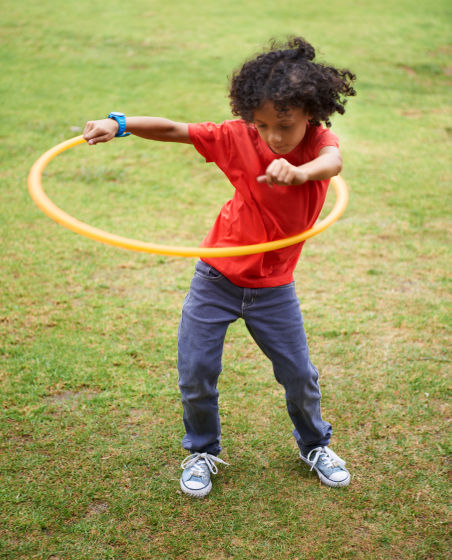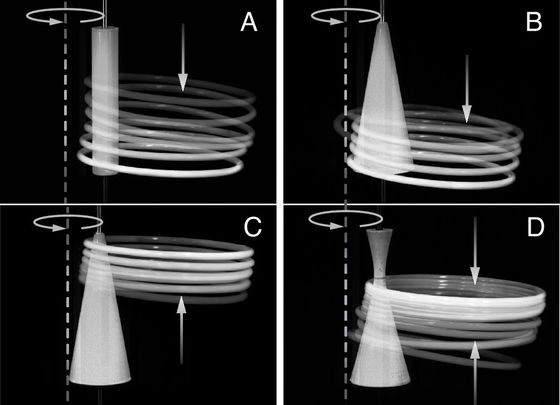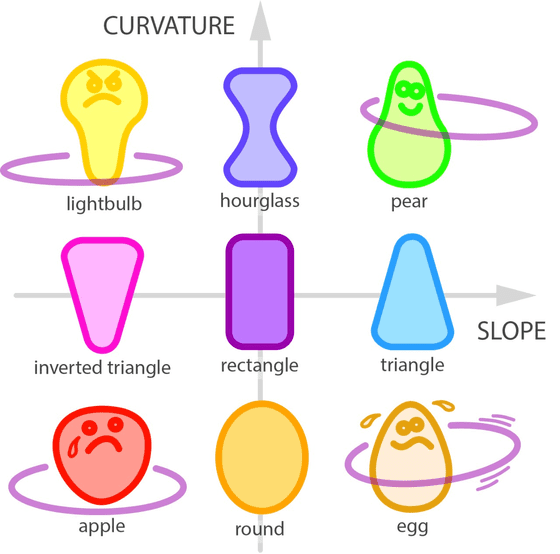Scientific research reveals why some people are born good at hula hooping and others bad

Some people who have played with hula hoops as children can do it easily without any trouble, while others have had a hard time keeping it going no matter how hard they tried. An experiment to mathematically verify the physical behavior of the hula hoop has revealed the obvious result that the key to whether you can spin a hula hoop well is not the way you spin it, but your body shape, and that a chubby person cannot keep spinning a hula hoop.
Geometrically modulated contact forces enable hula hoop levitation | PNAS
How Does a Hula Hoop Master Gravity? Mathematicians Prove that Shape Matters
https://www.nyu.edu/about/news-publications/news/2025/january/how-does-a-hula-hoop-master-gravity--mathematicians-prove-that-s.html
'It was surprising to realize that something as popular, fun, and healthy as hula-hooping is not even understood at the level of basic physics,' says Leif Ristroff, an associate professor at New York University's Courant Institute of Mathematical Sciences.
According to Ristroff, corresponding author of the paper published in the Proceedings of the National Academy of Sciences, despite the hula hoop being a classic and beloved toy, the fundamental question of how the physics behind how a hula hoop defies gravity and stays in the air had not been answered until now.

So, Ristlov and his research group used a 3D printer to create 1/10-sized models of people with various body shapes, and conducted an experiment in which they spun a hula hoop with a radius of 7.4 cm.
You can see the experiment captured by a high-speed camera by playing the video below.
The results of the experiment showed that the type of rotational movement or whether the cross-section of the body was circular or elliptical was not an important factor.
More important than how the hula hoop was spun was its geometric shape - what kind of body shape it was. For example, the cylindrical model could barely keep the hula hoop spinning, and the cone-shaped model couldn't keep the hula hoop at a constant height.
Experiments have shown that the body shape best suited to spinning a hula hoop is an hourglass shape with a narrow waist.
'To keep the hula hoop horizontal, you need an inclined surface with 'hips' and a curved 'waist',' the study states.

'People come in all shapes and sizes, some with curved hips or waists and others without,' said Ristroff. 'Our findings may explain why some people are naturally good at hula hooping while others have to work really hard.'

The results of this study, which established a mathematical model of the physical behavior of the hula hoop, may have implications for engineering applications including robots that can move or manipulate objects without grasping, as well as dynamic mechanical systems with moving contact points, the researchers wrote in their paper.

Related Posts:







